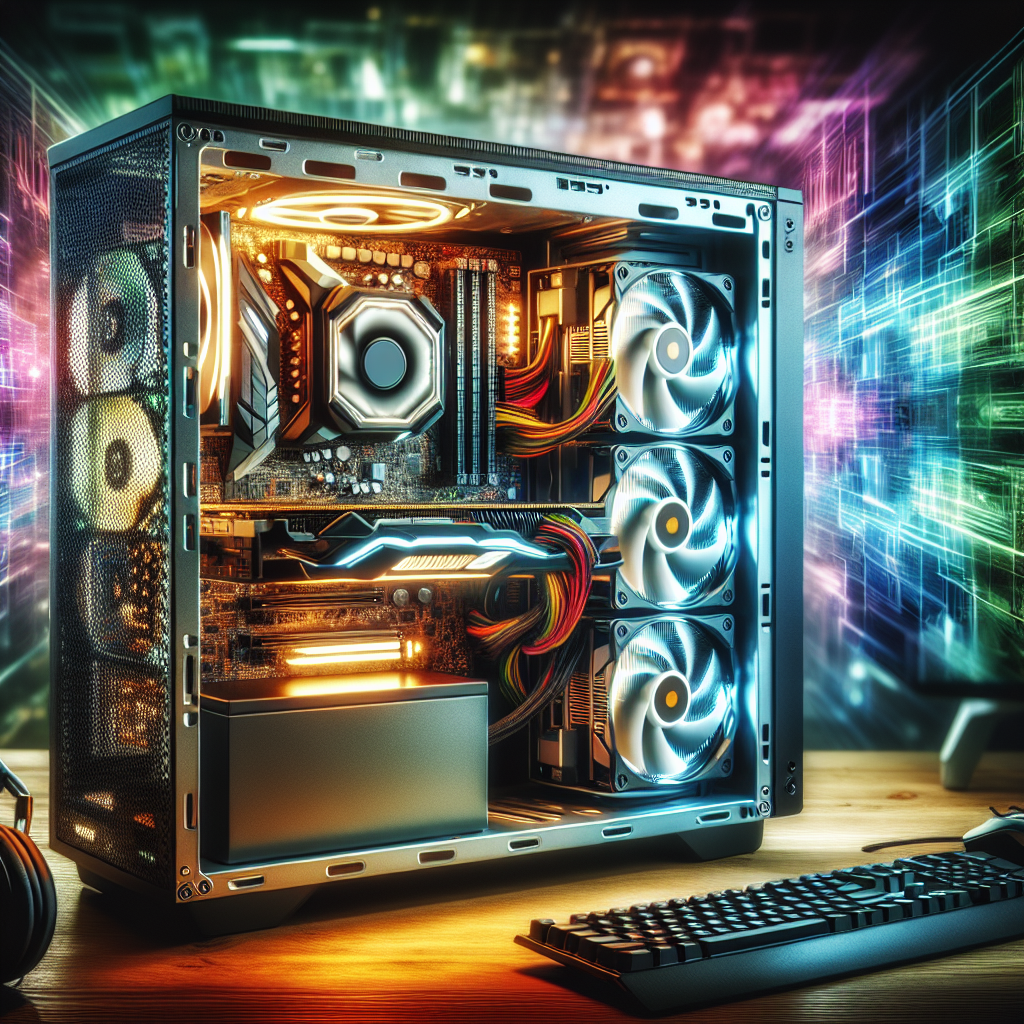
Why are some gaming PCs built with multiple graphics cards?
In the ever-evolving world of gaming PCs, the quest for performance and visual fidelity often leads enthusiasts to explore advanced configurations. One of the methods employed to achieve peak performance is the utilization of multiple graphics cards. But why are some gaming PCs built with multiple graphics cards? To understand this, we need to delve into both the technical rationale and the benefits and drawbacks of this approach.
The Basics of Multiple Graphics Cards
Multiple graphics cards, commonly referred to as multi-GPU setups, involve installing two or more graphics processing units (GPUs) in a single computer. These GPUs work together to render graphics, provide additional processing power, and improve overall gaming performance.
Common Multi-GPU Technologies
| Technology | Description |
|---|---|
| SLI | NVIDIA's Scalable Link Interface, which allows up to four NVIDIA GPUs to work together. |
| CrossFire | AMD's technology for connecting multiple Radeon GPUs to enhance performance. |
Why Use Multiple Graphics Cards?
1. Improved Performance
One of the most significant reasons for opting for a multi-GPU setup is the potential for improved gaming performance. By distributing the rendering load across multiple GPUs, a system can achieve higher frame rates, smoother gameplay, and the ability to handle more demanding games at higher resolutions and graphical settings.
2. Enhanced Visual Fidelity
With additional GPU power, gamers can enjoy higher resolutions, better textures, and more detailed graphical effects. This is particularly beneficial for gamers using 1440p or 4K monitors who want to experience the latest AAA titles with all settings maxed out.
3. Future-Proofing
Building a gaming PC with multiple graphics cards can be seen as an investment for the future. As games become more graphics-intensive, having multiple GPUs ensures that a system can handle new releases without the need for immediate upgrades.
Drawbacks of Multiple Graphics Cards
While there are undeniable benefits to using multiple graphics cards, there are also several drawbacks that must be considered.
1. Increased Power Consumption and Heat
More GPUs mean more power consumption, which can lead to higher electricity bills. Additionally, the combined heat generated by multiple GPUs can require enhanced cooling solutions to maintain system stability.
2. Compatibility and Scaling Issues
Not all games and applications are optimized for multi-GPU setups. Some may not see any performance improvement, while others might experience issues like micro-stuttering or graphical glitches. The effectiveness of multi-GPU scaling depends on driver support and game engine compatibility.
3. Cost
Building a multi-GPU system is significantly more expensive than a single-GPU setup. The cost of additional GPUs, a compatible motherboard, a more powerful power supply unit (PSU), and advanced cooling solutions can add up quickly.
Is a Multi-GPU Setup Right for You?
While multi-GPU setups offer impressive performance gains, they are not necessarily suitable for every gamer. Here are a few factors to consider:
1. Gaming Preferences
- If you play mostly AAA titles and want the highest possible graphics settings, a multi-GPU setup might be worth considering.
- Conversely, if you play less demanding or older games, a single powerful GPU should suffice.
2. Budget
- A multi-GPU setup is a significant investment. Ensure it aligns with your budget and offers value for money.
3. Technical Expertise
- Setting up and maintaining a multi-GPU system requires a higher level of technical know-how. Be prepared for potential troubleshooting and maintenance tasks.
Conclusion
Multiple graphics cards in gaming PCs provide the advantage of enhanced performance and visual fidelity, but they come with trade-offs in terms of cost, power consumption, and potential compatibility issues. Whether or not a multi-GPU setup is right for you depends on your specific gaming needs, budget, and willingness to tackle the associated technical challenges.
Ultimately, the decision to use multiple graphics cards should be based on a careful consideration of the benefits and drawbacks, as well as an honest assessment of your gaming priorities.


